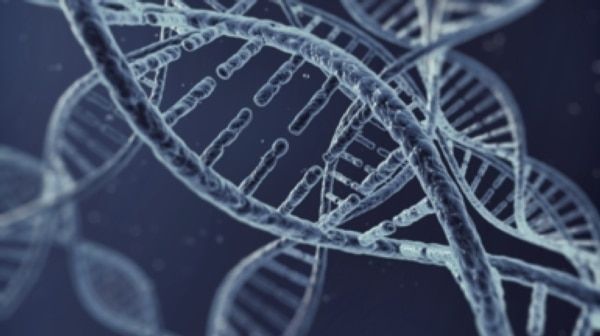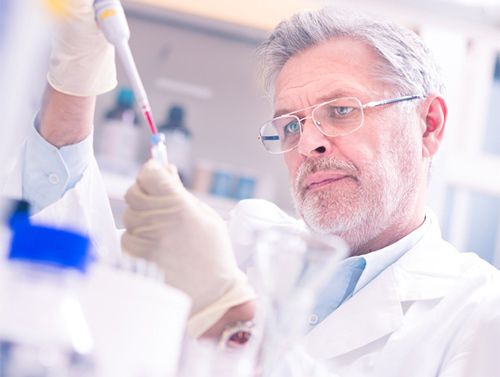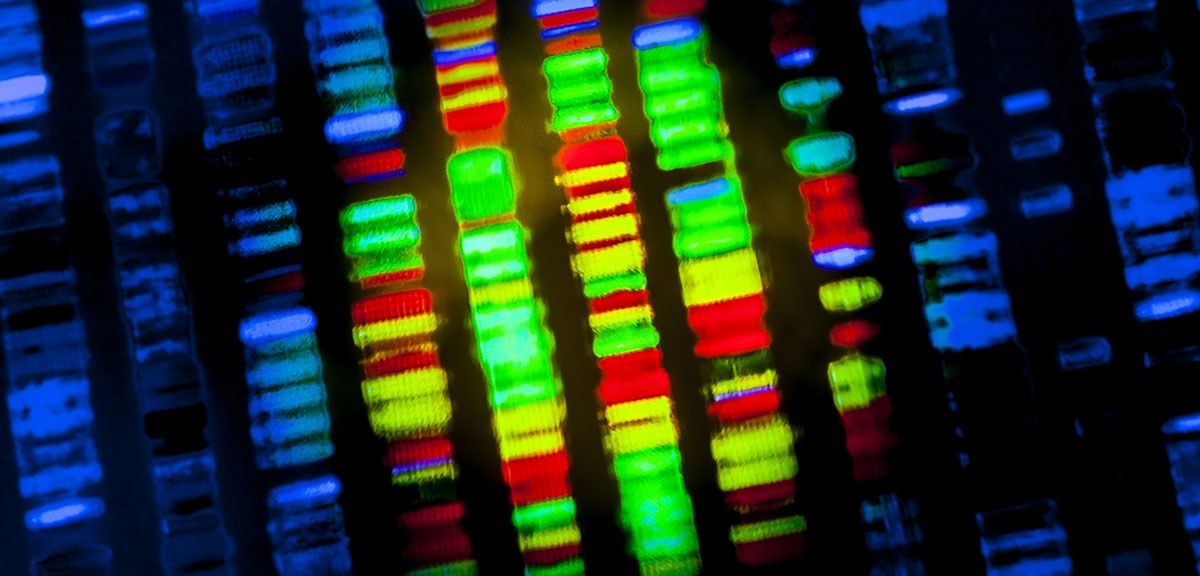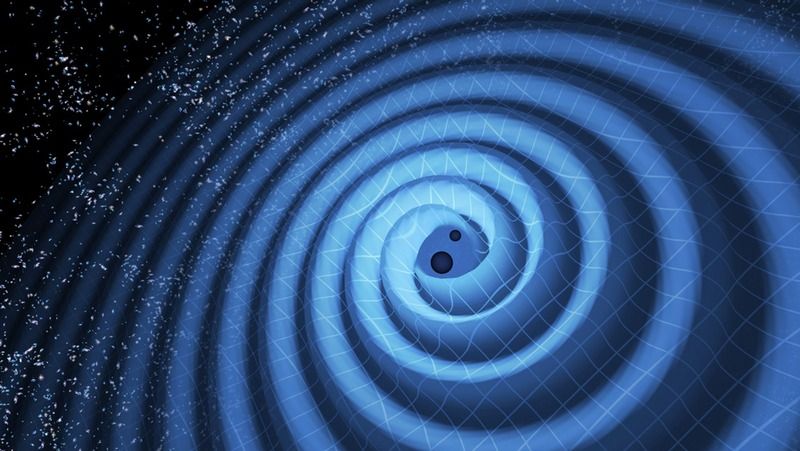Jun 15, 2016
New Energy-Carrying Particles Help Advance Solar-Cell Development
Posted by Karen Hurst in categories: particle physics, solar power, sustainability
Nice.
Scientists have designed new energy-carrying particles that improve the way electrons are transported and could be used to develop new types of solar cells and miniaturized optical circuitry.
The work of researchers at the University of California (UC) San Diego, MIT, and Harvard University has synthetically engineered particles called “topological plexcitons,” which can enhance a process known as exciton energy transfer, or EET.
Continue reading “New Energy-Carrying Particles Help Advance Solar-Cell Development” »

















